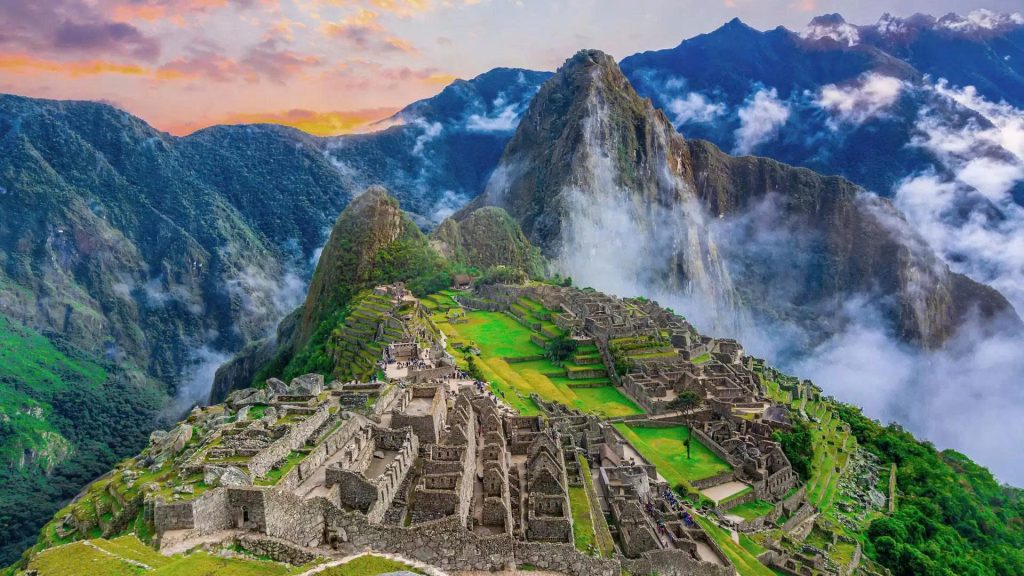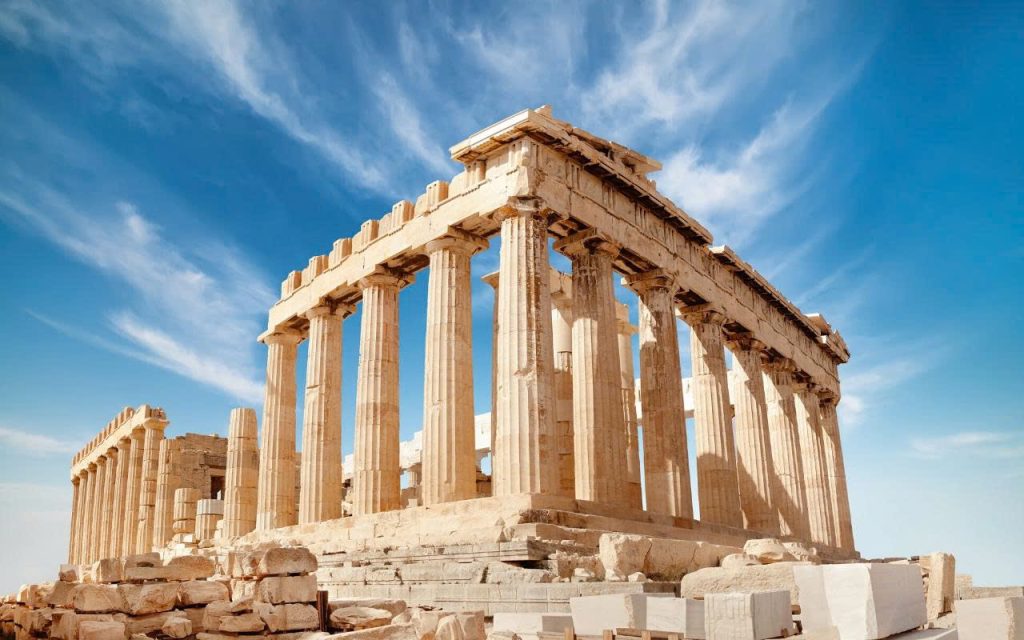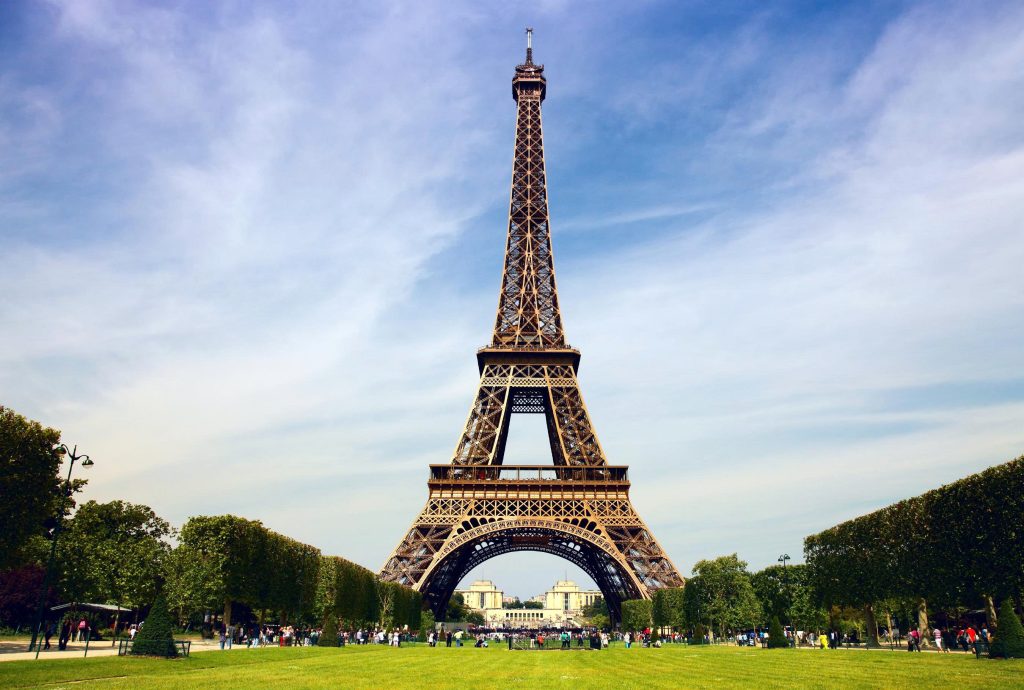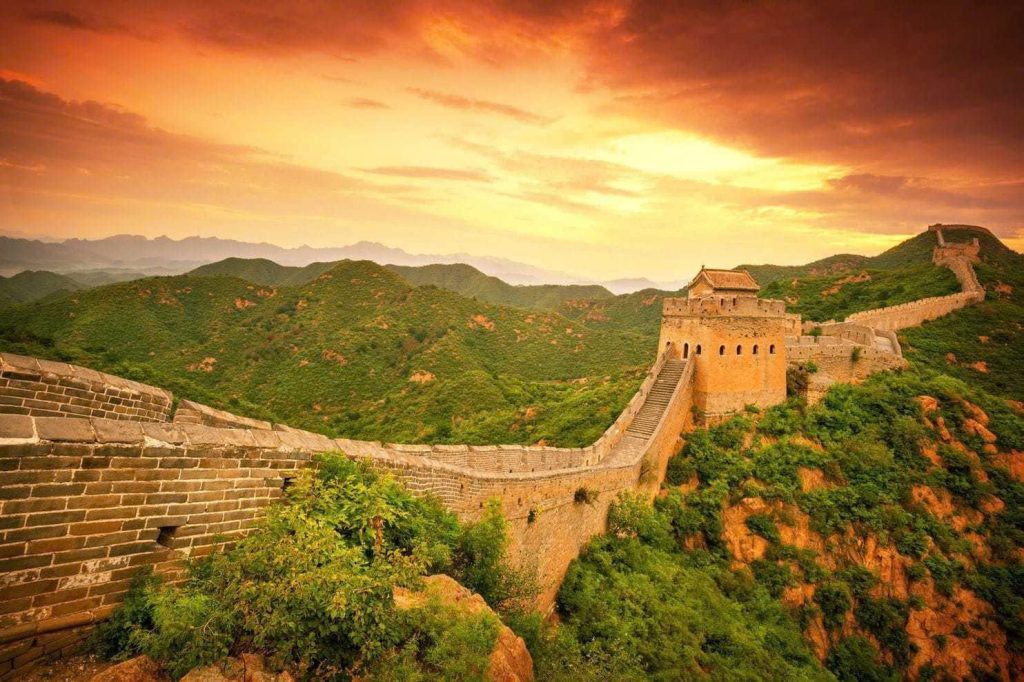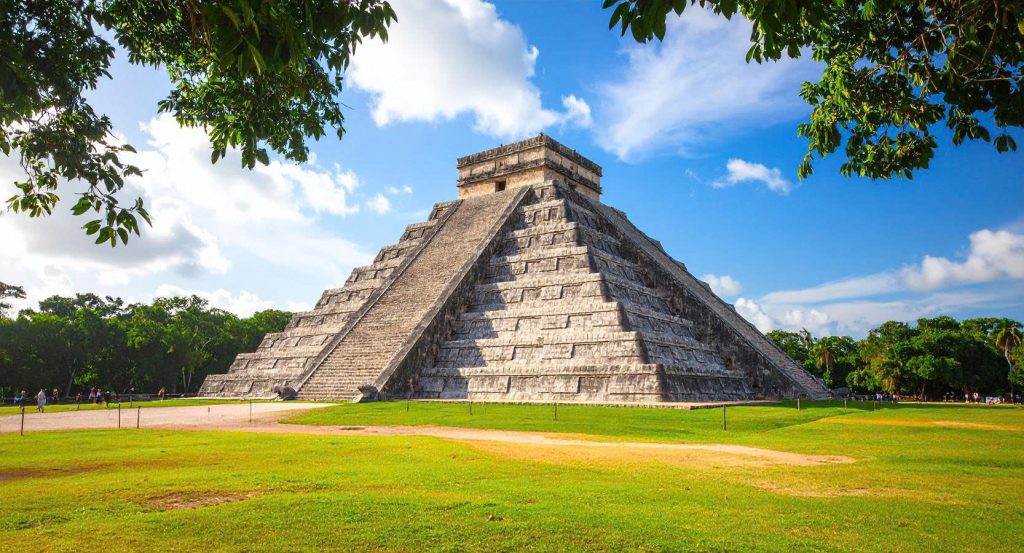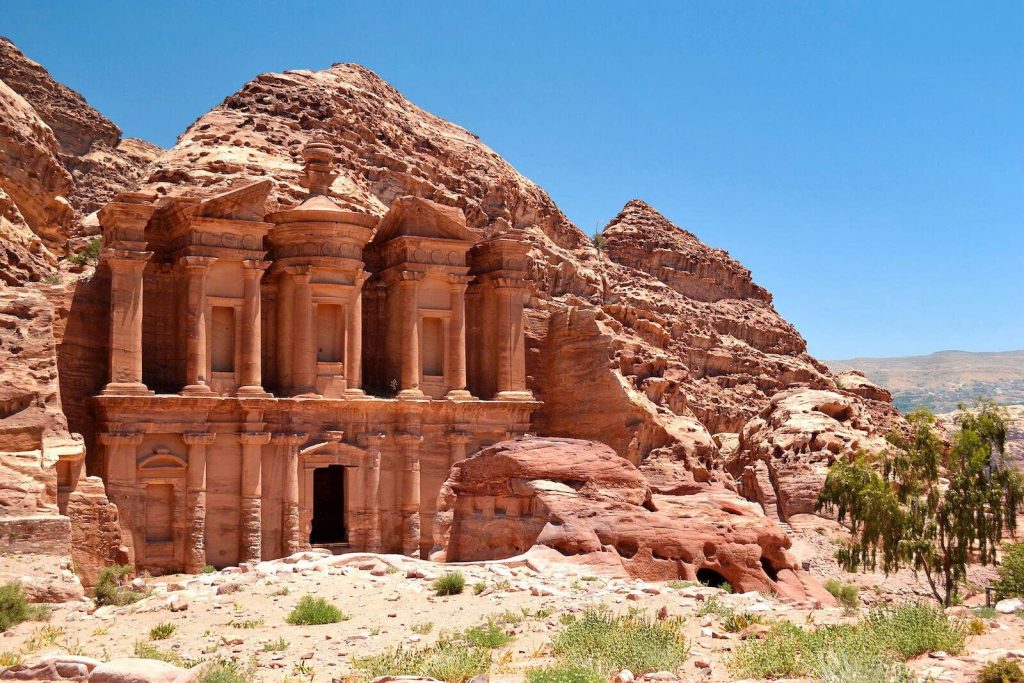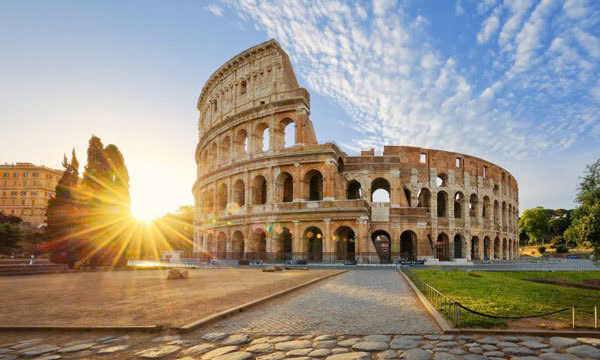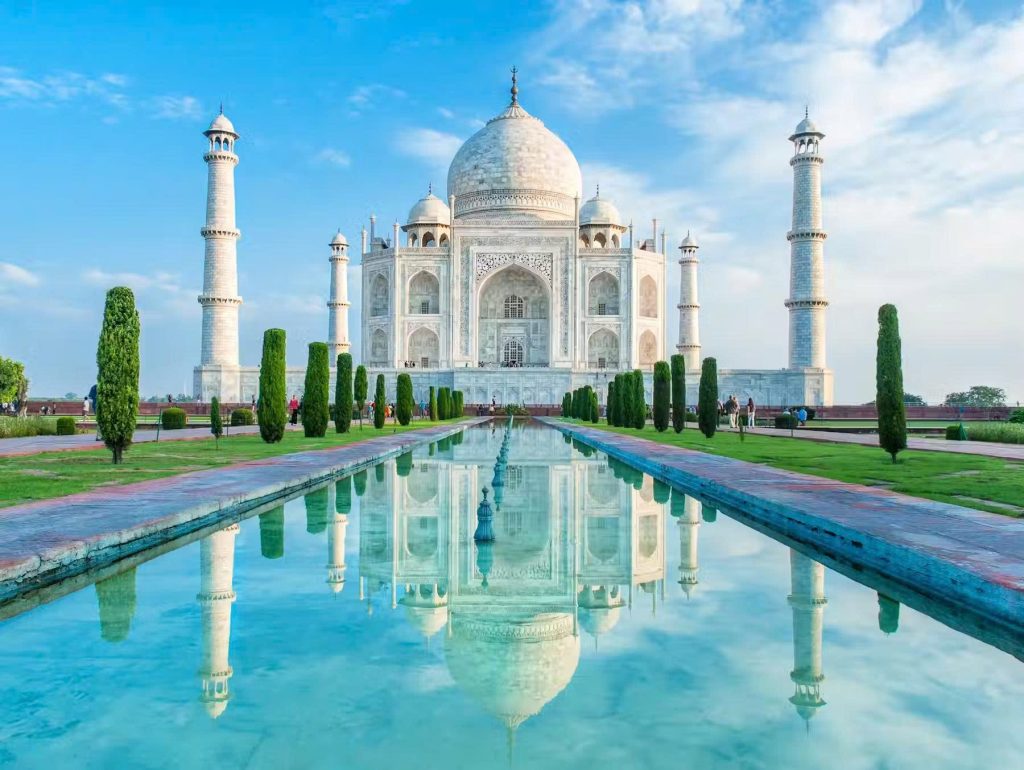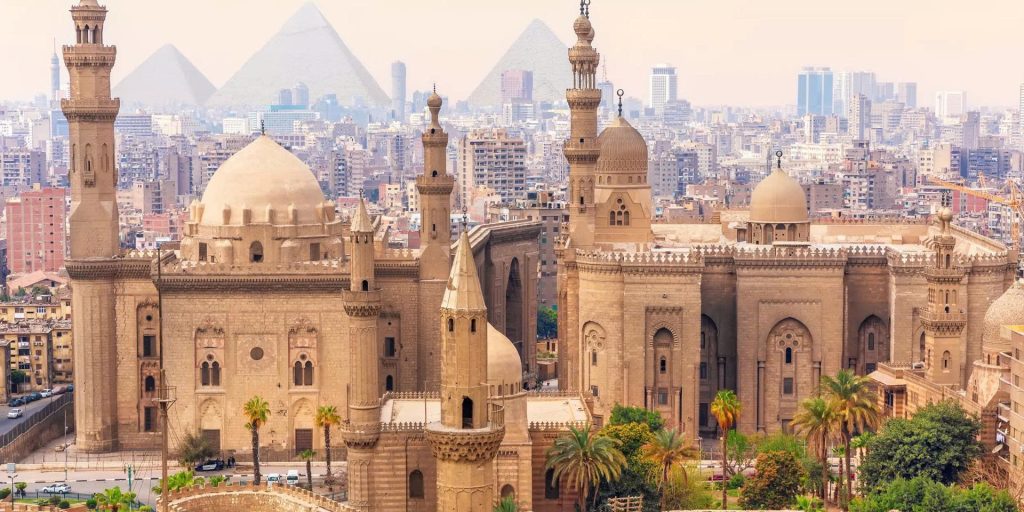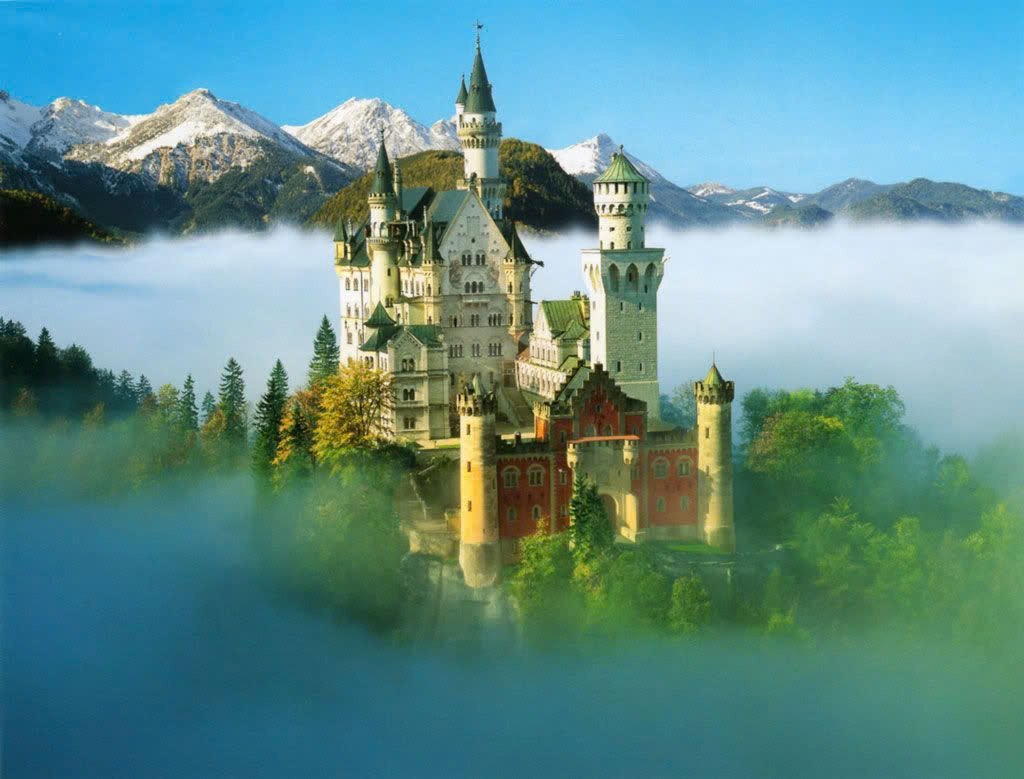The Machu Picchu Historic Sanctuary, majestically situated in the Andes Mountains of Peru, transcends its identity as merely an archaeological ruin; it stands as a sublime monument to the ingenuity and spiritual depth of the Inca Civilization. Constructed during the 15th century, likely under the direction of the esteemed emperor Pachacuti Inca Yupanqui, this citadel was mysteriously abandoned a century later, only to be brought to global attention in 1911 by explorer Hiram Bingham III.
Machu Picchu’s genius lies not just in its precise stone construction but in its harmonious relationship with the surrounding sacred peaks—Huayna Picchu and Machu Picchu Mountain. This complex, featuring over 150 buildings, ingenious agricultural terraces, and advanced water systems, showcases the ultimate blend of astronomy, engineering, and architecture.
1. Mastering the Journey: Tickets, Timing, and Transport
Optimal Timing: Mastering Weather, Crowds, and Availability
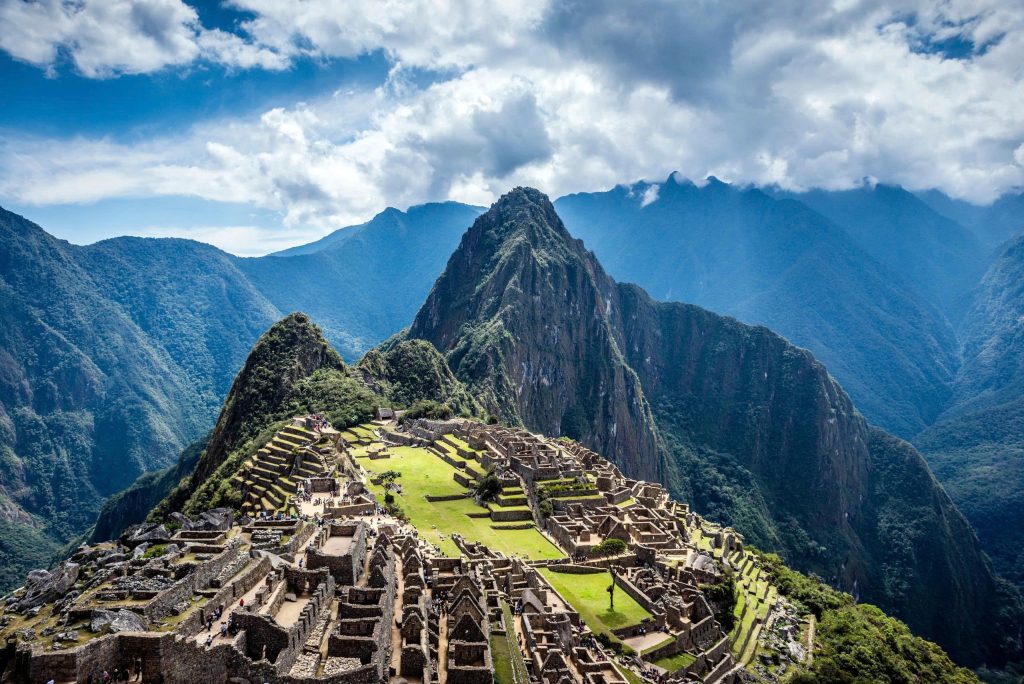
Choosing the right time dictates your experience, affecting trail conditions, photography opportunities, and overall cost.
The Dry Season (May – September): Peak Demand and Clear Skies
This is the non-negotiable peak season. The weather is characterized by brilliant, blue, virtually cloudless skies and low precipitation, making it ideal for high-altitude trekking.
- The Price of Perfection: Demand for Inca Trail permits and Huayna Picchu tickets reaches its zenith. Expect the highest prices for accommodations in Cusco and Aguas Calientes.
- Crowd Management: To mitigate the density, visitors must strictly adhere to timed entry slots. Sunrise and mid-day slots are heavily booked, demanding entry reservations 4–6 months in advance.
The Rainy Season (November – March): Lush Greenery and Fog
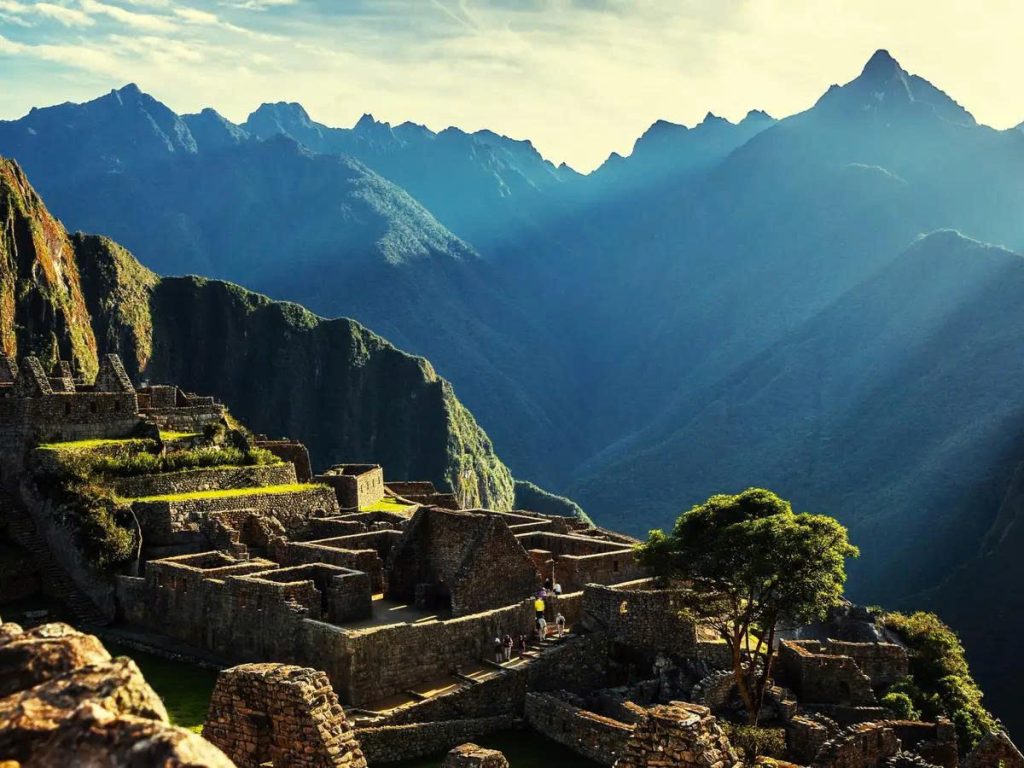
Though termed the “Rainy Season,” rain usually arrives in predictable afternoon downpours rather than all-day washes, offering distinct advantages.
- A Photographer’s Dream: The surrounding landscape is intensely lush and green, creating dramatic views when the fog lifts.
- The February Closure: Crucially, the Classic Inca Trail is closed for mandatory maintenance throughout February. This is a non-negotiable restriction for all trekkers.
- Crowd Benefits: Except for Christmas and New Year, crowds are significantly lower, translating to slightly reduced tour prices and more relaxed travel.
The Shoulder Seasons (April & October)
These transitional months offer the best trade-off. April enjoys the lushness of the rainy season with diminishing downpours, while October benefits from stable weather just before the heavy rains begin. They are the ideal windows for those seeking a balance between good trail conditions and manageable crowds.
The Labyrinth of Tickets and Circuits
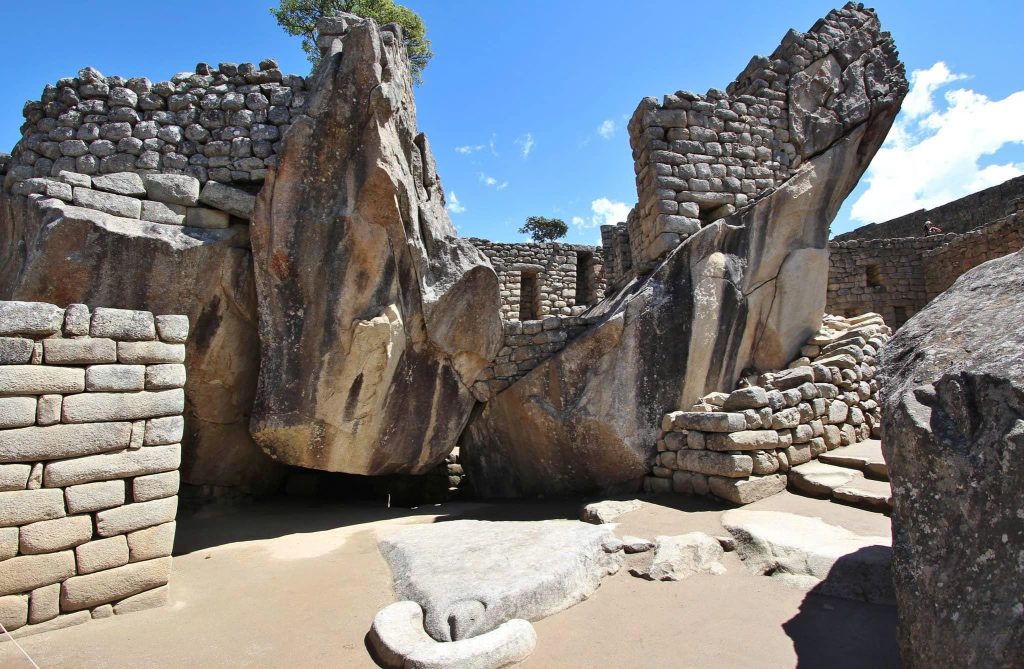
Since the implementation of conservation circuits, simply buying a ticket is not enough; you must select a route that matches your goals.
Understanding the 5 New Circuit Routes in Detail
Visitors must commit to one of five designated circuits upon purchasing their ticket. Once completed, re-entry is prohibited.
- Circuit 1 (High Zone): Offers the most coveted, classic panoramic views from the upper terraces and photo spots. It does not descend into the full ruins.
- Circuit 2 (Comprehensive): The most popular and recommended route. It covers the upper terraces (panoramic views) and descends into the lower city to see key structures like the Temple of the Sun, Sacred Plaza, and the Temple of the Condor. This circuit provides the most complete experience.
- Circuit 3 & 4 (Lower Zone): Restricted to the lower agricultural and storage areas, often used for those combining their visit with the mountain climbs (Huayna Picchu, etc.).
- Circuit 5 (Machu Picchu Mountain): Reserved only for those with tickets to climb the namesake peak.
Huayna Picchu, Machu Picchu Mountain, and Huchuy Picchu Permits
These spectacular hikes require a specific ticket combination that includes access to a corresponding lower circuit and a timed entry window for the mountain climb.
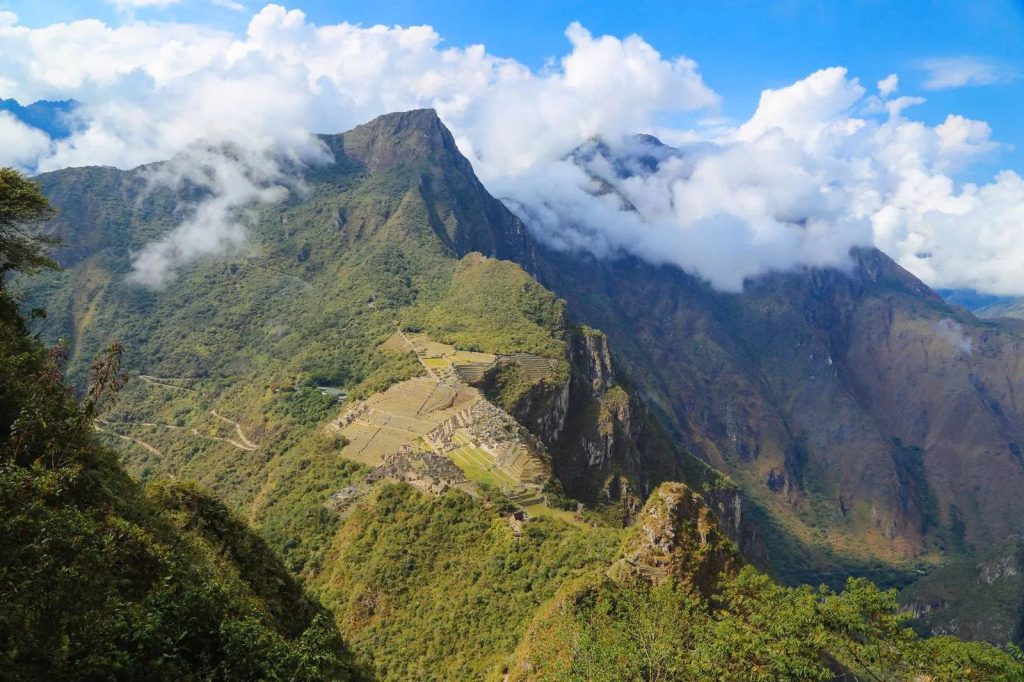
- Huayna Picchu: The steepest, most famous climb (approx. 2.4 km round trip). The views are unique, looking down onto the citadel. Permits sell out within minutes of release.
- Machu Picchu Mountain: A longer, higher, and slightly less steep climb (approx. 3.8 km round trip) offering the most expansive panoramic views of the entire sanctuary and surrounding river valley.
- Booking Strategy: All mountain tickets must be secured at least 6 months in advance through the official Peruvian Ministry of Culture website or via an accredited tour agency.
Transportation Guide: Navigating the Andean Transit
Reaching the citadel is a multi-stage journey that begins in Cusco.
Step 1: : Cusco to Ollantaytambo: The Sacred Valley Gateway
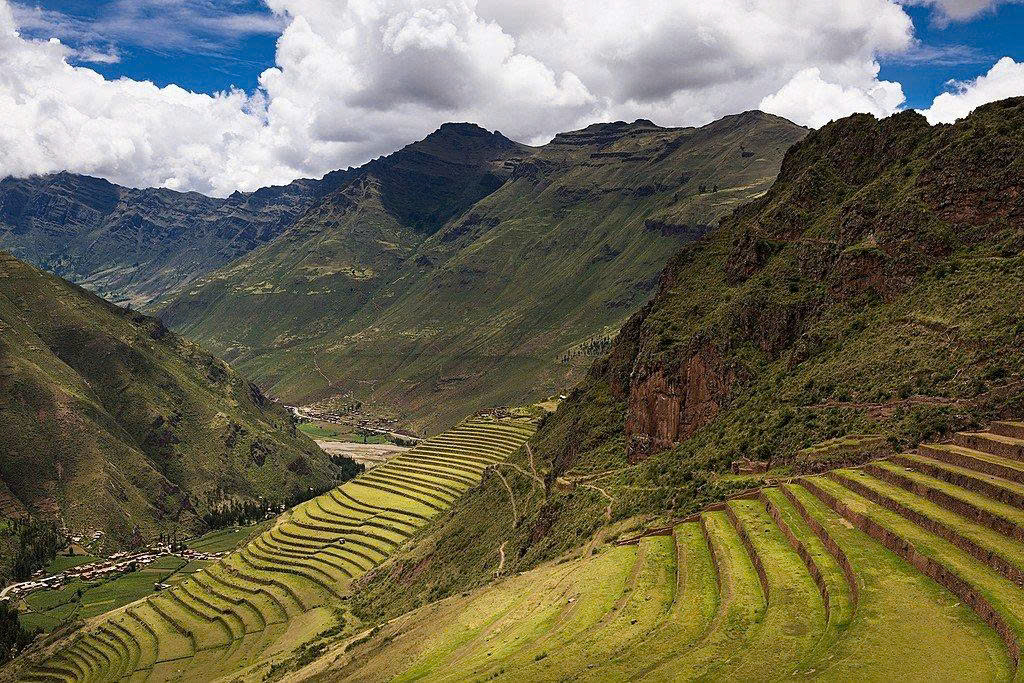
This leg covers the from the city of Cusco () to the town of Ollantaytambo in the Sacred Valley (lower altitude, ), which is the primary acclimatization point.
- Options: Private taxi (fastest), collective taxi (most economical), or pre-booked tourist bus. Acclimatization is best achieved by spending a night or two in this region.
Step 2: Ollantaytambo to Aguas Calientes: The Scenic Rail Link
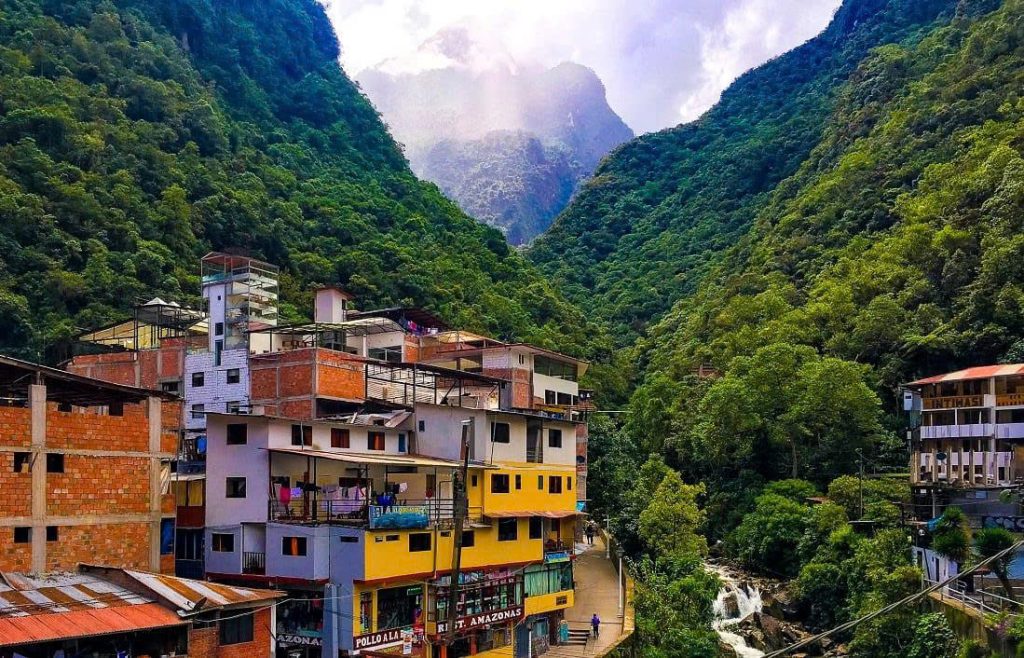
The train is the only direct route into the town of Aguas Calientes (Machu Picchu Pueblo).
- Operators: Choose between PeruRail (offering Vistadome, Expedition, Belmond Hiram Bingham) and Inca Rail (The Voyager, The 360). Classes with panoramic windows are highly recommended for the views.
- Crucial Tip: Train ticket quotas fill up quickly, especially for the early morning slots. Book tickets weeks or months ahead during the peak season.
Step 3: Aguas Calientes to the Ruins: The Final Ascent
From the base town, there are two final options for the steep, ascent to the entrance gate.
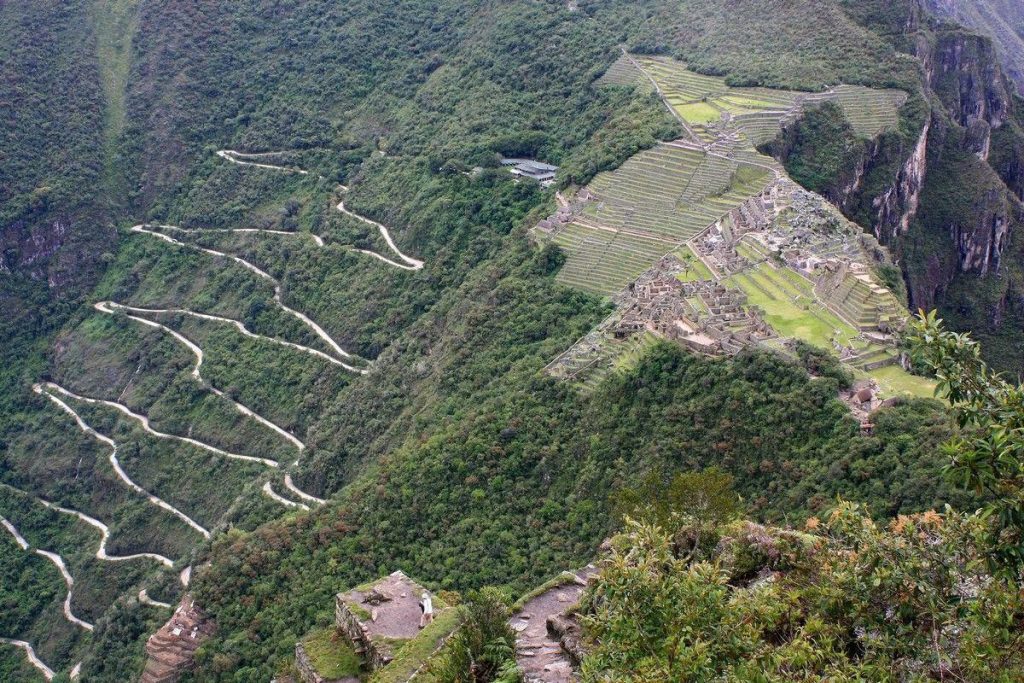
- Bus: The quickest and most common method, taking approximately 25 minutes on the winding Hiram Bingham road. Buses begin running at 5:30 AM. Purchase your round-trip ticket in Aguas Calientes the day prior to save time.
- Hiking: A challenging, 90-minute uphill hike along the forested path that follows the bus route. This saves the bus fare but demands significant energy reserves—a major consideration before a multi-hour circuit tour inside the citadel.
2. The Ultimate Trekking Comparison
This core section addresses the Nuts and Bolts of Hiking, providing the comparative analysis necessary for travelers making the critical decision between the major routes.
The Classic Inca Trail (4-Day Trek)
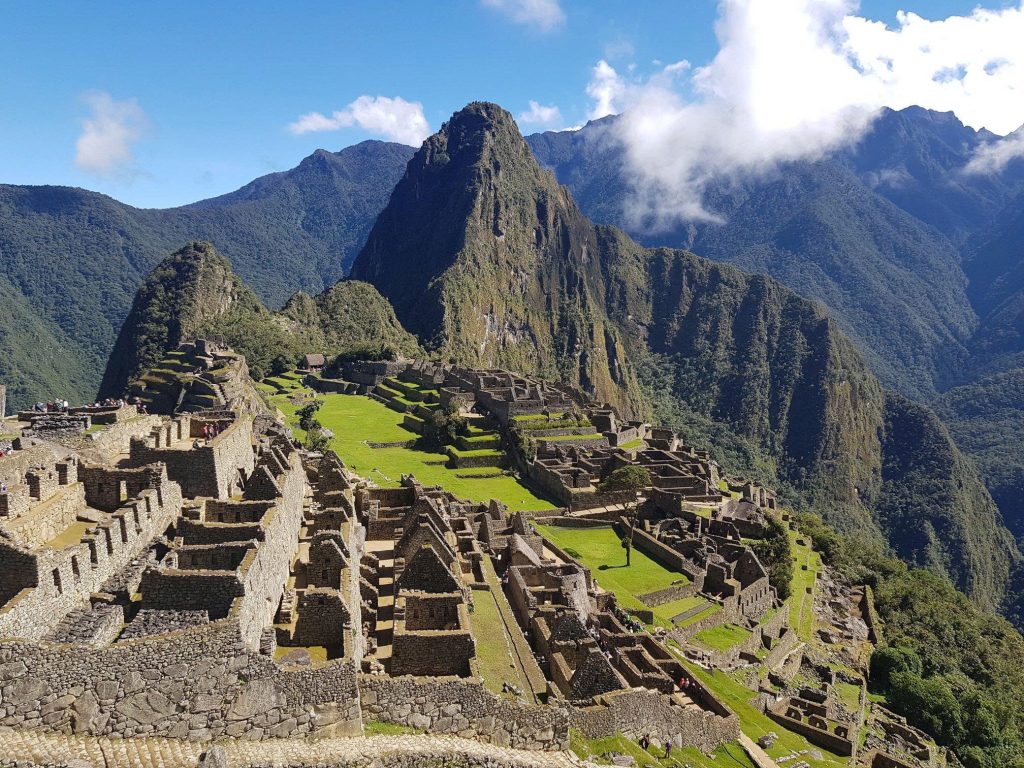
The historic route that follows the original royal stone path constructed by the Incas.
Distance, Difficulty, and Altitude Profile
- Distance and Days Required: Approximately 43 kilometers (26 miles) over four days and three nights.
- Difficulty: Moderate to Hard. It features steep inclines and descents on ancient stone steps, requiring strong knees and proper training.
- Highest Point: Warmiwañusca Pass (Dead Woman’s Pass) at 4,215 meters (13,828 feet). The second day is the most difficult, featuring the main climb and descent.
The Prestige and Archaeological Value
The Inca Trail is the only route that provides continuous access to multiple minor but beautiful archaeological sites not accessible from any other path, such as Phuyupatamarca and Wiñay Wayna. The prestige lies in the final reward: entering the citadel through the Sun Gate (Inti Punku) at dawn, offering the exact view the Incas saw.
Permitting, Cost, and Booking
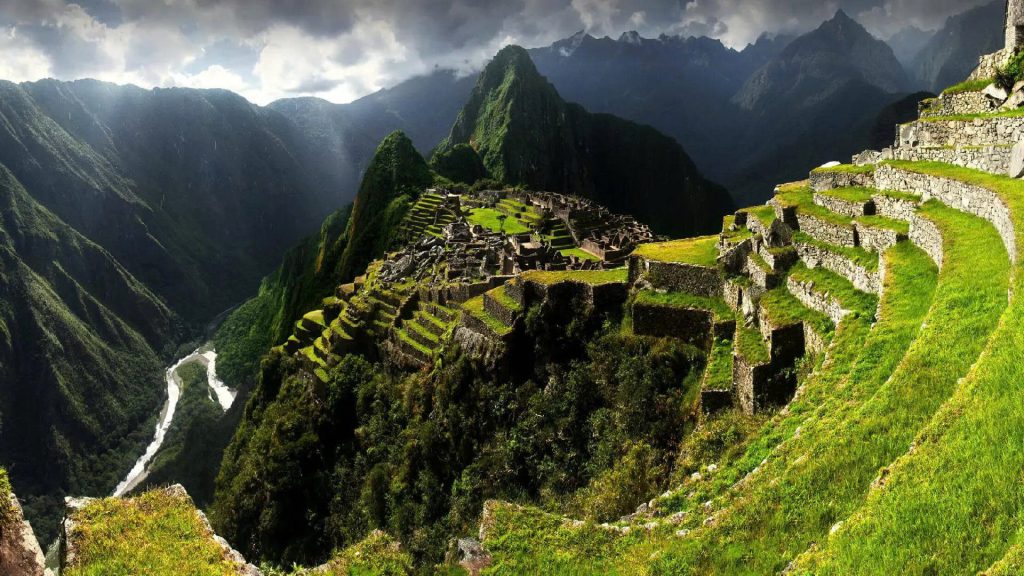
- Restriction: Strict limit of 500 permits per day (this quota includes all porters, cooks, and guides—only permits are available for tourists).
- Cost: The most expensive trek due to permit fees and mandated services. Expect prices starting from depending on the operator and inclusions.
- Booking Timeline: Permits are released in October for the following year and can sell out for peak season dates within minutes or hours. Booking 6–10 months in advance is essential.
The Epic Salkantay Trek (4 or 5-Day Trek)
The most popular alternative, known for its extreme natural beauty and challenging altitude.
Distance, Difficulty, and Altitude Profile
- Distance and Days Required: Approximately 74 kilometers (46 miles) over five days and four nights (or a rigorous four-day version).
- Difficulty: Hard. It is physically longer and the altitude is more extreme.
- Highest Point: Salkantay Pass at 4,630 meters (15,190 feet), requiring superior acclimatization and fitness.
Scenery and Accommodation Flexibility
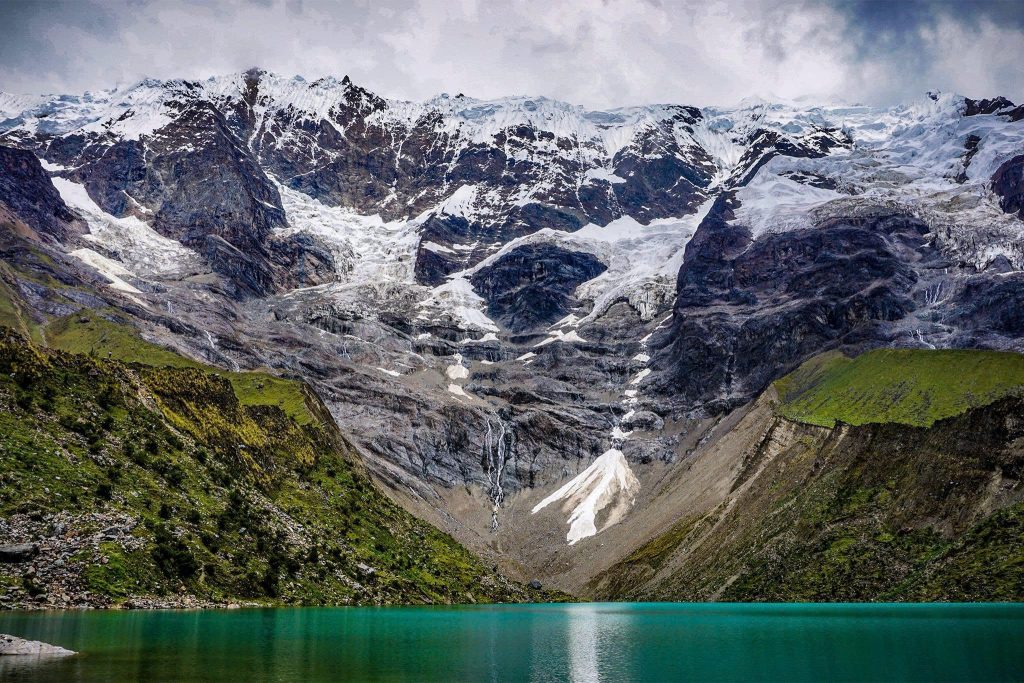
The Salkantay Trek offers greater geographical diversity, transitioning from high alpine tundra near the Salkantay Glacier to the humid cloud forest of the lower slopes.
- Highlights: The iconic turquoise Humantay Lake and the dramatic close-up views of the glacier.
- Flexibility: Because it does not require official permits, tour operators can offer a wide range of accommodation, from simple camping to luxurious, high-end trekking lodges.
Cost, Crowds, and Conclusion
The Salkantay Trek is the clear winner for the budget-conscious traveler and those who prefer spectacular natural landscapes over historical ruins. It is typically 30%–50% cheaper than the Inca Trail and offers greater flexibility for last-minute booking.
Alternative Treks and Specialized Hikes
For those seeking unique experiences outside the two main corridors.
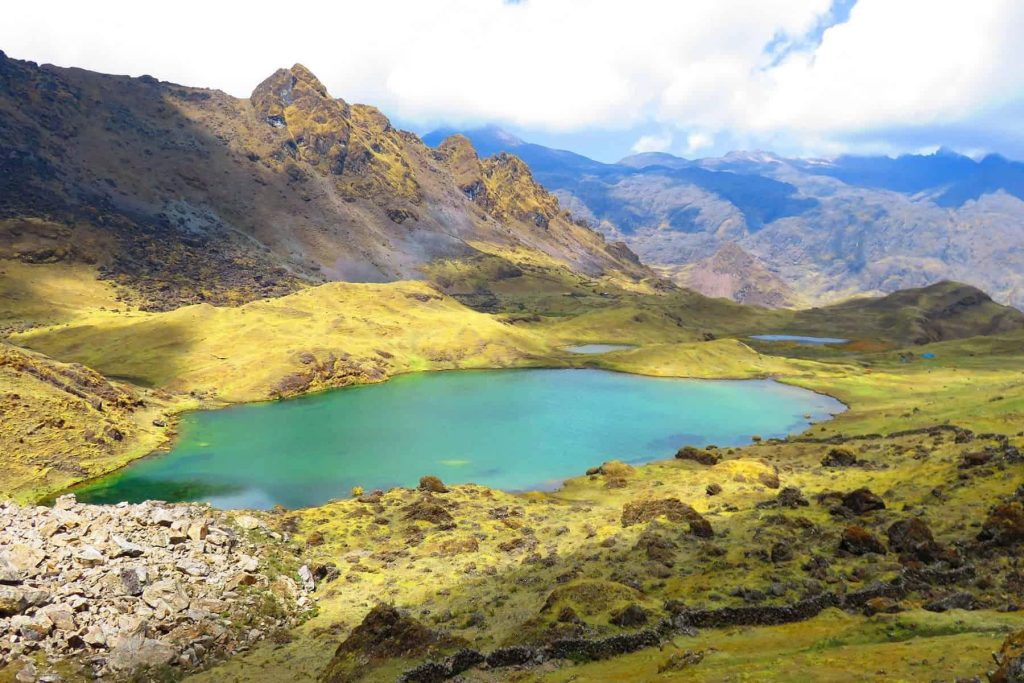
The Lares Trek: The Lares Trek (4 days) is perfect for travelers prioritizing cultural exchange. It visits remote Quechua villages, focusing on traditional life, textiles, and farming, with less emphasis on climbing or ancient ruins.
The Inca Jungle Trek: This trek (4 days) is ideal for adrenaline junkies. It combines hiking with mountain biking, white-water rafting on the Urubamba River, and ziplining, offering a high-energy, lower-altitude route to Aguas Calientes.
The Short Inca Trail (2-Day Hike): The best option for those with limited time or fitness. It starts at Kilometer 104, allowing hikers to see the key ruins of Wiñay Wayna and arrive at the Sun Gate before descending to Aguas Calientes for the night.
3. Health, Acclimatization, and Safety
Ignoring the Andean altitude is the most common and disastrous mistake. This section focuses on health expertise and safety protocols
Conquering Altitude Sickness: Acclimatization is the single most important factor for a successful trek.
The Mandatory Acclimatization Strategy
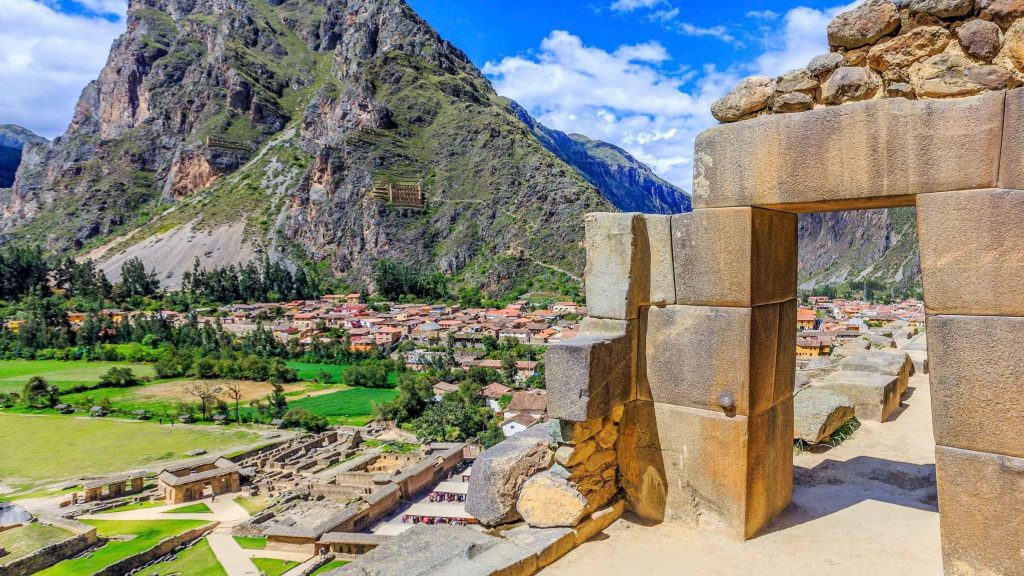
- Pre-Trek Protocol: Spend a minimum of 2 to 3 full days relaxing and moving slowly in Cusco () or the lower Sacred Valley (closer to) before attempting any high-altitude activity.
- Activities: Use this time for light walking, visiting lower-lying ruins like Pisac or Ollantaytambo, and avoiding any strenuous climbing.
Symptoms, Prevention, and Remedial Action
- Prevention: Maintain high hydration (drink liters of water daily), avoid alcohol, caffeine, and heavy meals during the first days. Utilize the traditional coca leaves (mate de coca) for gentle relief.
- Medication: Consult a doctor about prescription drugs like Diamox (Acetazolamide) before leaving home. This medication can significantly aid the body’s acclimatization process.
Trekking Safety and Equipment: Preparation ensures comfort and safety on the rugged Andean paths.
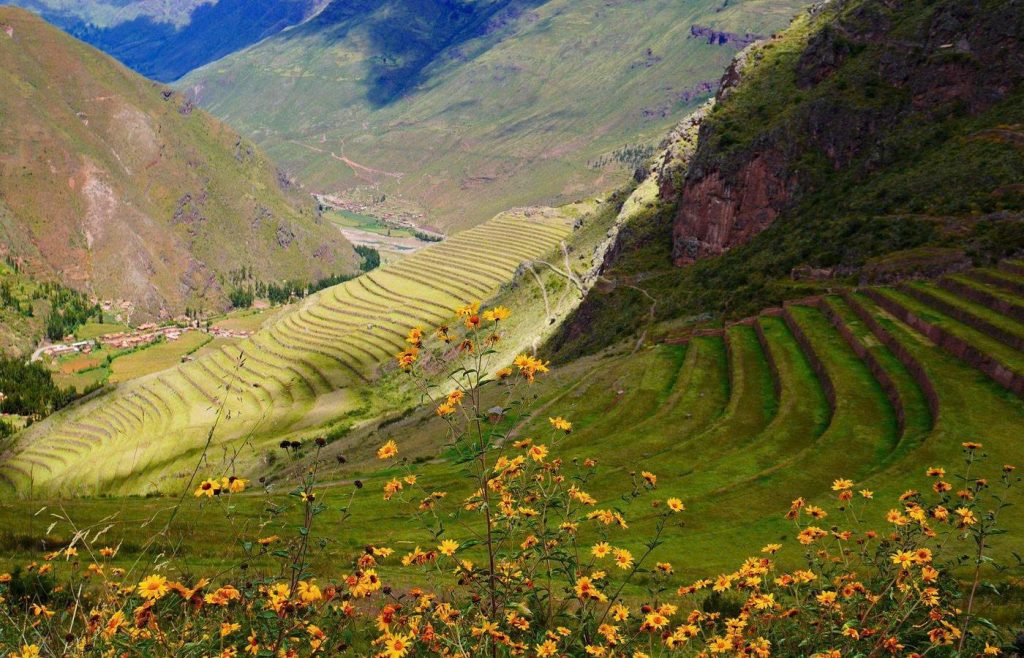
Essential Gear: The weather can change from intense sun to hail and sleet within an hour. The key is layering.
- Outer Shell: Waterproof and windproof jacket/trousers.
- Mid-Layer: Fleece or puffer jacket for insulation, crucial for cold evenings.
- Base Layer: Moisture-wicking thermal clothing (merino wool or synthetic).
- Footwear: High-quality, waterproof, and well-worn hiking boots with ankle support.
Day Bag and Prohibited Items
- Prohibited Items: To preserve the site, large backpacks, trekking poles (unless rubber-tipped), drones, tripods, and food are prohibited inside the citadel.
- Day Bag Max Size: Your bag must be small (maximum) to be allowed entry.
4. Historical Context and Archaeological Deep Dive
The Secrets of the Inca Citadel: Delving into the “Lost City’s” role within the vast Inca Empire.
Pachacuti and the Purpose of the Site
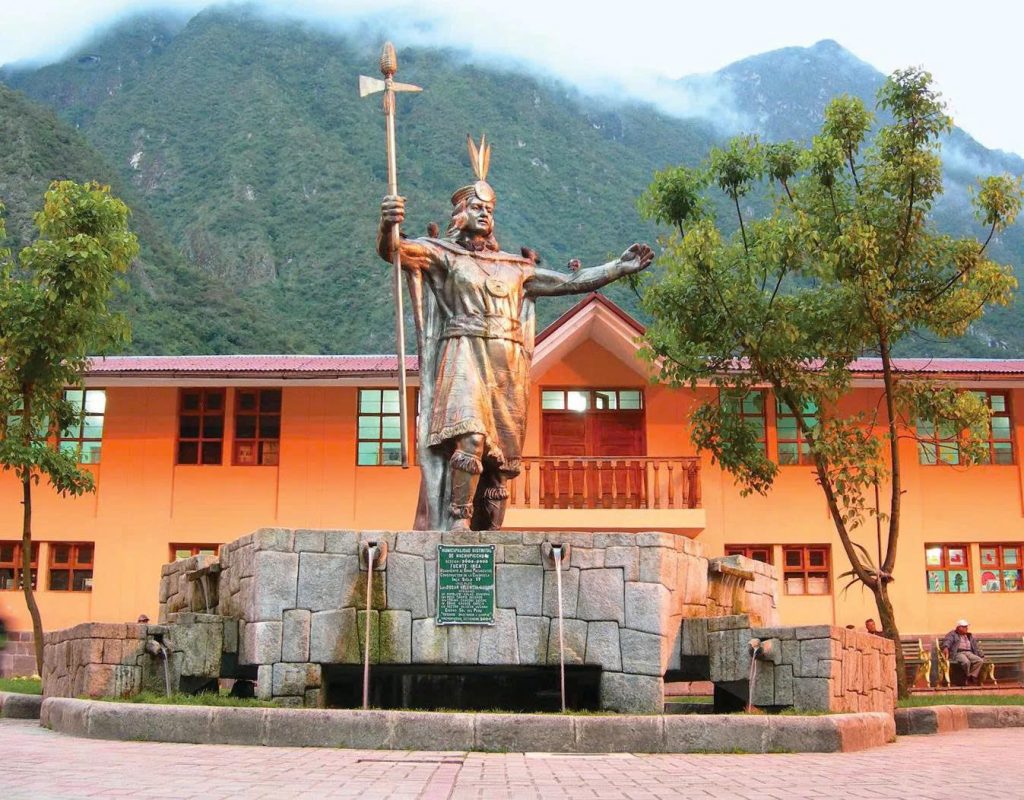
The most compelling historical consensus is that Machu Picchu was a royal estate built for the Pachacuti, functioning as a strategic retreat or religious center rather than a large administrative city.
- Strategic Placement: Its location provided both security and access to diverse agricultural zones (maize, potatoes) and astronomical observation points.
Hiram Bingham and the Rediscovery
While local Quechua farmers knew of the site, Bingham’s 1911 expedition, supported by Yale University, was the catalyst for international recognition. His writings romanticized the “Lost City,” securing its status as a global icon and leading to major conservation efforts.
Architectural Mastery and Astronomical Alignment: The buildings at Machu Picchu demonstrate the Inca’s sophistication in working with stone and celestial bodies.
Precision Stone Construction (Ashlar Masonry)
The finest stonework uses ashlar masonry—perfectly cut stones that fit together tightly without the use of mortar. This technique provided superior resistance to earthquakes, a necessity in the seismically active Andes region. The walls appear to flow organically with the mountain contours.
Astronomical Structures
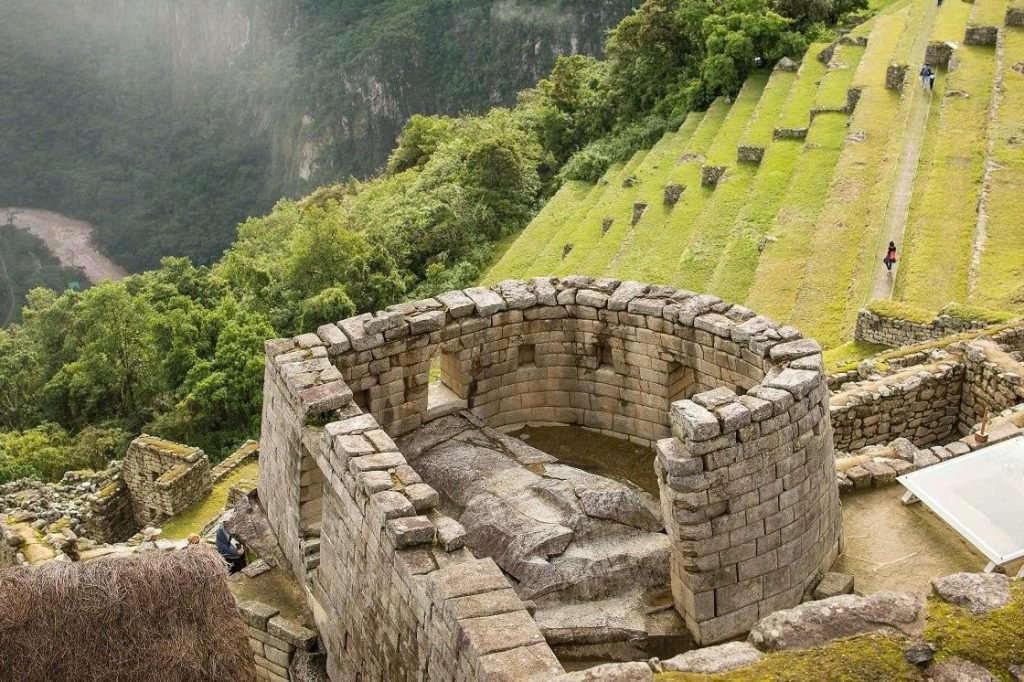
- The Temple of the Sun: This unique semi-circular structure has windows aligned precisely with the rising and setting sun during the winter and summer solstices, highlighting the Inca’s devotion to the Sun God, Inti.
- The Intihuatana Stone: Thought to be a precise astronomical calendar or sundial, its corners align perfectly with the cardinal directions and the position of the sun during certain annual periods.
The Agricultural Terraces
The extensive system of agricultural terraces, built into the steep slopes, served two primary functions: stabilizing the land and preventing erosion, and creating microclimates for cultivating diverse crops at different altitudes.
5. Maximizing the Citadel Experience
The Sunrise Strategy: The early morning hours are unparalleled for witnessing the magical transformation of the citadel.
Securing the Perfect View
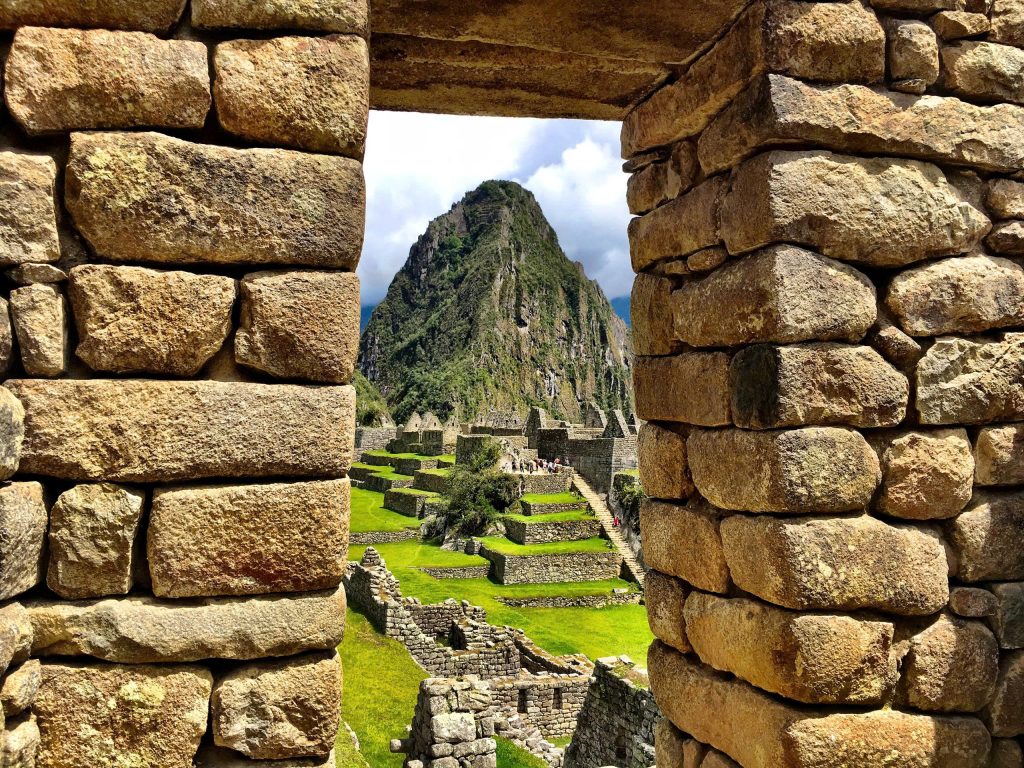
- The Gate Rush: Be in the bus queue in Aguas Calientes no later than 4:30 AM to catch one of the first buses (). This allows you to enter the site right at opening ().
- The Light Show: The sun’s first rays hit the stone structures between 6:30 AM and 7:30 AM, creating the ethereal glow—a visual experience worth the early alarm.
The Guardhouse Photo Spot
Immediately upon entering, proceed to the Guardhouse (part of Circuit 2). This elevated vantage point provides the quintessential, sweeping panoramic view of the entire citadel framed by Huayna Picchu—the essential postcard shot before the main crowds arrive.
Photography, Etiquette, and Tipping: Final touches for a responsible and rewarding trip.
Essential Photography Tips
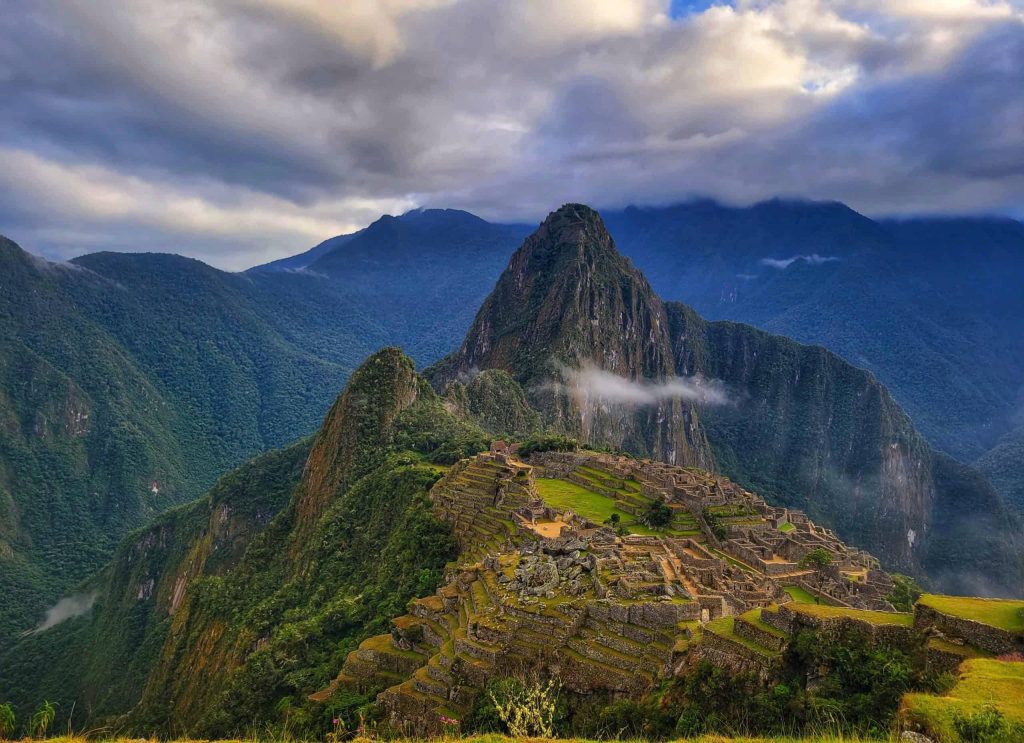
- Golden Hour: Focus on shooting during the early morning (sunrise) or late afternoon (sunset) for the best shadows and textures.
- LSI (Sacred Valley): Visit the Sacred Valley sites like Ollantaytambo and Pisac beforehand; their scale helps contextualize the genius of Machu Picchu.
Ethical Tourism and Respect
- Porters and Guides: Tipping is a crucial part of the Peruvian tourism economy. A common practice is to pool tips for the porters and chef at the end of the trekking journey as a group.
- Rules: Respect the “no touching” rules for the stone structures and remain on the marked paths to aid conservation efforts.
The planning, the physical challenge of the altitude and the high passes, and the commitment to a multi-day trek—all converge at the sight of the magnificent Machu Picchu.
RELATED: 7 Wonders of the World: A travel and history guide
Machu Picchu is not just a destination; it is the culmination of a pilgrimage. The trails you choose, the challenges of the high passes, and the early morning rush to the gate all build towards that singular moment: standing before the stone legacy of Pachacuti. Carry the knowledge of its Inca history with you as you hike. Now that you have the essential blueprint—from securing tickets to navigating the trails—it is time to book your adventure and claim your moment at the zenith of the Andes.

